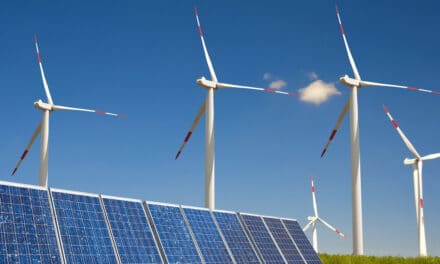Researchers have stated that the global population could fall to six billion by the end of the century if there is “unprecedented investment” in tackling poverty and inequality. A report commissioned by the Club Of Rome, a non-profit organization addressing global crises, assessed how different policies would impact the global population. The population could peak at 8.5 billion in 2040 and decline by 2100 if “extreme poverty is eliminated” and “successful policies for economic development” are adopted. On current economic trends, the population could peak at 8.6 billion in 2050 before dropping to 7 billion in 2100.
These figures contrast with UN forecasts, which predict the population reaching 9.7 billion in 2050 and peaking at 10.4 billion in the 2080s. Researchers used a modeling system, Earth4All, to explore two potential outcomes for this century. One scenario, called “the Giant Leap,” saw the population dip to six billion if there was specific investment in education, health, food and energy security, inequality, and gender equity.

Per Espen Stoknes, Earth4All project lead and director of the Centre for Sustainability at the Norwegian Business School, said, “We know rapid economic development in low-income countries has a huge impact on fertility rates. Fertility rates fall as girls get access to education and women are economically empowered and have access to better healthcare.”
Although a lower population is considered better for the environment, researchers found that population size is “not the prime driver” behind climate change. The study highlights that it is “extremely high material footprint levels” among the world’s richest 10% that is “destabilizing” the planet.
“Humanity’s main problem is luxury carbon and biosphere consumption, not population,” said Jorgen Randers, one of the leading modellers for Earth4All. “A good life for all is only possible if the extreme resource use of the wealthy elite is reduced.”




